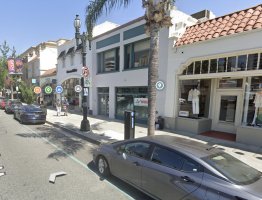jmechen
REGISTERED
We own an older building which was constructed in 2005 and would fall up the 2003 IBC. Currently there is a 8" step between common sidewalk and the parking stalls. Would this be permissible per 2003 IBC code? We do have multiple ADA ramps from sidewalk to parking areas.

